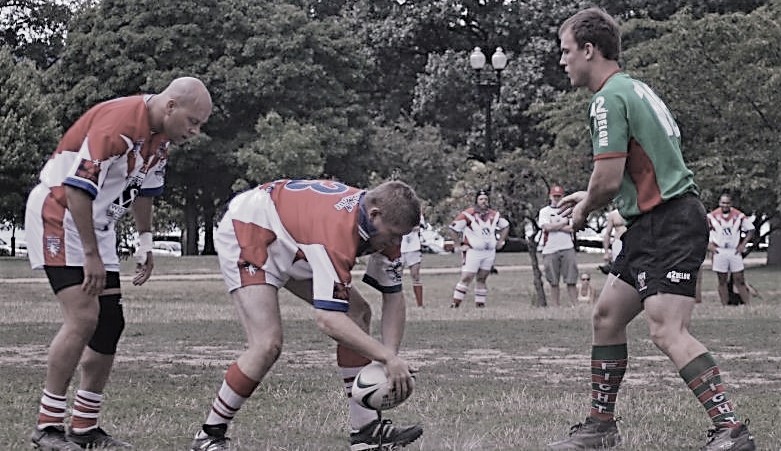In 1871, England’s governing rugby body—the Rugby Football Union (RFU) —decided that rugby could not be played as a professional game, which meant that people could not be paid to play rugby. However, by the 1890s some players in Yorkshire and Lancashire—two counties in Northern England—were being paid to play rugby in order to compensate them for missing a day’s work.
Paying players led to a split between the RFU and the clubs in Yorkshire and Lancashire, and resulted in the formation of the Northern Rugby Football Union, which incorporated these breakaway semi-professional clubs. The northern teams created a new competition called the Rugby Football League. Over time, these northern teams developed their own style of play that had several different rules from the original form of RFU rugby. Eventually, this new version of rugby became known as rugby league. The original RFU-style of rugby was called rugby union, which most people simply call “rugby.”
There are several differences between rugby and rugby league. First, rugby union has fifteen players on the field, whereas rugby league has thirteen. Additionally, in rugby league, each team can make ten substitutions during a game as opposed to a maximum of eight substitutions in rugby union.
Also, the scoring system is also different. A try in rugby union is worth five points but a try in rugby league is worth four points. Although, a conversion is worth two points in both forms of rugby. In rugby league, a drop goal counts for one point and a penalty goal counts for two. On the other hand, in rugby union, a drop goal and a penalty goal are both worth three points.
Furthermore, in rugby league, there are no rucks and mauls; after a player is tackled, they must place the ball between their legs and roll it back with their foot. This can be done up to six times and then must be kicked away if they do not score a try.
This is in contrast to rugby union, where—when a player is tackled in rugby union—they must release the ball. Any player can then pick it up as long as they are both onside and standing. As a result, in rugby union players compete in ‘rucks’ to try to get possession of the ball.
Moreover, in rugby league, there are no lineouts. In rugby league, when the ball is kicked out of play, the game is restarted with a scrum instead of a lineout. This is a big difference from rugby union where the lineout is a very important set piece. While both rugby union and rugby league use the set piece of the scrum, rugby league has only six-person scrums—there are no flankers—rather than the eight-person scrums in rugby union.
Finally, while many people around the world enjoy both versions of rugby, the popularity of union and league does differ by region. For example, in Australia, league is more popular than union, while in New Zealand, the reverse is true. And, in England, league is still more popular in Northern England but union remains more popular in Southern England.
Vocabulary List
body しゅのうぶ
compensate 償う
formation 形成
incorporate (…を)(…と)合体させる
as opposed to と対照的に
substitution 置換
conversion トライ後のキックによって追加得点すること
on the other hand その反面
place ものを〉 (…に) 置く,据える (類語 –> put)
roll ころがる
in contrast to と対照的に
as long as に限って
restart 再起動
set piece スクラムとラインアウト
version バージョン
the reverse 反対
Word Frequency


No responses yet